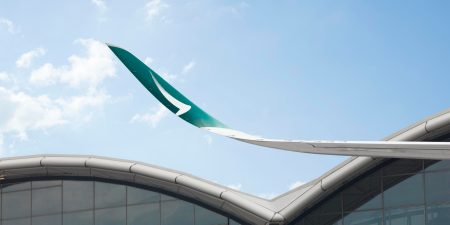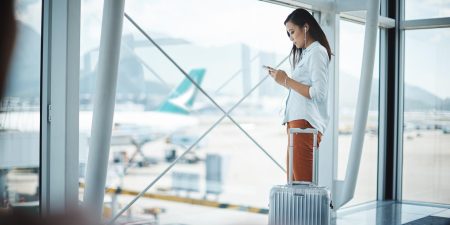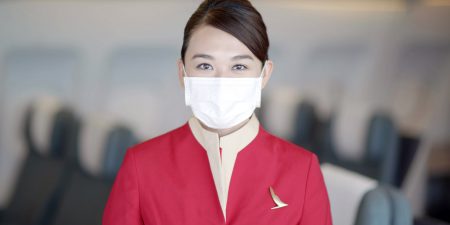Cathay Pacific and Dragonair on 18 September flights incident(2 pm update)
A Cathay Pacific spokesman said there was no risk of collision for the aircraft involved.
Due to the adverse weather conditions in the surrounding areas of Hong Kong that afternoon, the Air Traffic Control (ATC) of Hong Kong International Airport (HKIA) advised flights approaching Hong Kong to expect extensive delays. Air traffic was directed to hold 40 nautical miles southwest of HKIA, and was restricted to narrow tracks to avoid bad weather when descending from the holding area to land in HKIA.
The CX841 and KA433 aircraft were at the same altitude southwest of HKIA when a loss of separation resulted. The pilots of the two aircraft properly responded to their respective Traffic Collision Avoidance System (TCAS) warnings and advisories, with KA433 climbing and the CX841 descending immediately to resolve the conflict and maintain appropriate separation.
Regarding reports of the pilots’ non-acceptance of ATC instructions, the spokesman said both Cathay Pacific and Dragonair pilots had taken appropriate actions under the circumstances to re-establish standard separation between the two aircraft.
CX841 which departed from New York at 10.07 local time on 17 September landed at HKIA without incident at HKIA at 13.45 without delay. There were 18 crew and 299 passengers on board of the Boeing 777-300ER aircraft.
KA433 which departed from Kaoshiung at 11.22 local time on 18 September also landed at HKIA without incident at 13.59. There were 12 crew and 284 passengers on the Airbus A330 aircraft.
A Cathay Pacific spokesman said: “There was no risk of collision and at no time was the safety of the flights compromised. At the closest, they were one nautical mile (2,000 meters) apart when abeam from each other with increasing vertical separation. Both aircraft’s TCAS equipment generated appropriate alerts and the pilots took immediate action to maintain adequate separation. All Cathay Pacific and Dragonair pilots are trained to use TCAS as part of their initial and on-going training.
“All Cathay Pacific and Dragonair aircraft are equipped with a TCAS that identifies a three-dimensional airspace around the aircraft based on the closure rate of other similarly-equipped traffic and, if the defined vertical and horizontal parameters are satisfied by the evolving potential conflict, TCAS generates a visual and aural alert."
The incident has been reported to the Civil Aviation Department.
The adverse weather conditions in the afternoon of 18 September also led to eight other Cathay Pacific flights having to divert to Taipei, Kaoshiung, Macau and Guangzhou respectively with arrival at HKIA delayed by approximately two to three hours. In addition, two freighter services and a passenger flight from London CX256 also made a fuel emergency request for priority landing while at requested holding position. One freighter diverted to Macau, while the other two flights landed in HKIA. All landed without incident with sufficient spare fuel ranging from 30-50 minutes of flight.










